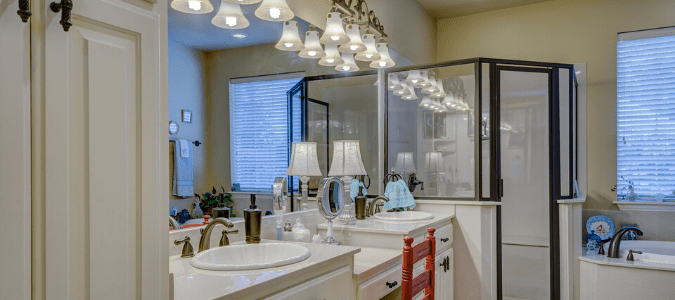
For those who live in an area with hard water, installing a water softening system is a popular solution. As with any decision about your home, there are pros and cons of water softeners. On the positive side, these systems can help protect your hair and skin from chemicals, make cleaning easier and help you save money, among other benefits. The only true downside to installation is the up-front cost. If you can overcome that barrier, most homeowners say they wish they had made the switch earlier.
A few of the other advantages to installing a water softening system include:
- A longer life for your pipes, drains and appliances.
- Much easier cleaning and maintenance of your clothing, linens and home.
- A reduction in your overall energy consumption by almost 30%.
- A cure for dry, itchy scalp and skin.
Of course, there is an added cost associated with installing and maintaining a water softening system. However, many homeowners are already spending money to address issues linked to hard water. In fact, a family of four spends an estimated additional $100 each month on these items. In the end, however, most homeowners agree that the benefits far outweigh these initial costs.
Still, you’re probably asking yourself, “Do I really need a water softener installed in my home? Is it worth the expense?” In this post, we’ll provide you with more helpful information about water softeners, including how these systems work, how they are installed, what maintenance is required and whether you even need one in the first place.
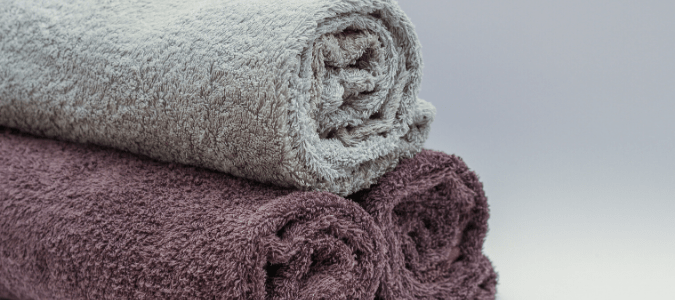
Do I Need A Water Softener? Signs Of Hard Water
Who needs a water softener? The short answer to this question is that it depends on the water quality and ultimately the water which is delivered to your home. This is because, in large part, the hardness of your water depends upon the various chemical additives different municipalities utilize during the water treatment processes. For example, in Central Texas, homeowners living as close as Round Rock is to Austin, or Austin is to Cedar Creek, might have differing opinions on whether a water softener is essential or if you can get by without one.
The hardness of your water is determined by measuring the calcium carbonate particles per a given quantity of water. Professionals typically calculate this number using either parts per million or grains per gallon. That being said, you don’t need to be a scientist to decide whether you could benefit from a water softener.
The four tell-tale signs that it’s time to consider investing in a water softening system are having surfaces covered in soap scum, dry and itchy skin, clean dishes that look dirty and fabrics that age quickly.
Sinks, Showers And Tubs Covered In Soap Scum
Chances are that when you wash dishes and shower, you’re using soap. If you have particularly hard water, the minerals that make the water hard mix with the soap and adhere to your sink, shower and tub surfaces. When the water evaporates, you may notice hard water stains that primarily consist of calcium and magnesium, otherwise known as soap scum. The same thing can happen your sink pipes and drains, although this can often buildup often more thickly. This additional wear on your drains and appliances may have you wondering who fixes garbage disposals.
Dry Skin And Hair
Similar to the deposits on our sinks, pipes, glasses and silverware, hard water can leave a film on your skin and hair. Over time, this can lead to:
- Dry, ashy or tight-feeling skin
- Brittle hair prone to tangling
- An itchy scalp even when using quality hair products
A related issue with hard water homeowners report is that it’s difficult to get a lather when washing.
White Stains On Clean Glassware
Similar to the issue with soap scum on sinks and tubs, when you wash glasses with hard water, the high levels of calcium and magnesium in the water can produce unwanted white stains. As the minerals dissolve, they leave behind those white, cloudy stains which can make it feel like your dishes are never really clean.
Scratchy Towels And Linens
While linens thin and fade over time, hard water actually accelerates the aging process of your towels, clothing and bed linens. When it seems you’re replacing these items every few months because they’re scratchy and unpleasant, your water is likely the culprit. On the other hand, if your dryer smells, you could have an entirely different issue.
If you’re still unsure if you have an issue and you’re looking for a second opinion, a licensed plumber will be able to determine whether you’re a good candidate for a water softener. These professionals can also diagnose your home’s hard water issues and help you figure out which softening system will work best for you.
With all of the benefits that come with softened water, you may be wondering about how exactly these systems work.
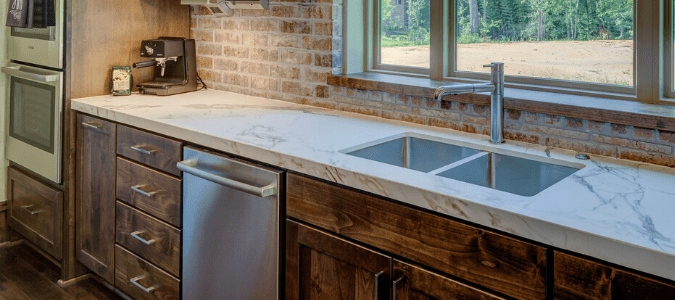
How Does A Water Softener Work?
Essentially, a water softener is a filtration system that removes those minerals that are staining your home appliances, prematurely aging your linens and drying out your hair and skin: calcium and magnesium. The process for eliminating these elements from your water is called ion exchange.
Your hard water passes through a mineral tank that often looks similar to the filter component in, say, a Brita water filtering pitcher. The tank houses a bed of resin beads that are negatively charged with a sodium ion. Calcium and magnesium both have a positive charge, allowing them to be attracted to the negatively-charged beads.
As the resin grabs on to mineral particles, it releases the sodium—thus the “exchange.” Once the exchange takes place, the water is considered softened and flows out of the tank.
However, to fully understand how a water softener works, you must also understand its components.
There are three main parts in every standard water softening system: two tanks and a valve between them. The softening takes place in the mineral tank, and the control valve monitors how much water passes through the tank, as well as controlling the efficiency of your system.
Your home’s water line feeds tap water into the first chamber, called the mineral tank. The water seeps into the resin beading, where the ion exchange takes place. The water-hardening calcium and magnesium are deposited onto the beads, and trace amounts of sodium are released into the water in exchange. The softer water is then released through your pipes and becomes available for everyday use.
The component that actually releases your softened water into your home is called the control valve. This part tracks the water entering and exiting the mineral tank. Once a pre-set amount of water has filtered through your system, the valve automatically initiates a cleaning cycle known as regeneration.
The resin beads inside the mineral tank are trading your positively-charged hard water elements for negatively-charged sodium particles. When there are no longer any sodium particles to trade, your water can no longer be sufficiently softened. This is why your water softening system contains the third component: a brine tank. In this area, the resin beads in your mineral tank are periodically cleaned (or recharged).
When the brine passes through the resin bead bed, those negative sodium particles want to trade with the now-positively-charged resin beads, effectively releasing the hard water elements into the brine solution.
Once the system registers that the resin beads’ capacity for softening reaches an acceptable threshold, the brine which is full of excess hard water minerals is flushed from the system.
Of course, with any piece of plumbing equipment, there is some maintenance involved in keeping the system in proper working condition.
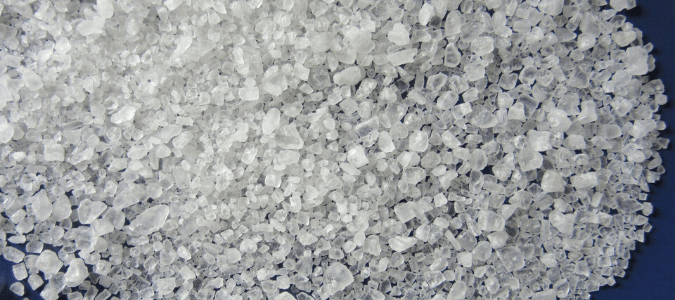
What Is Involved In Water Softener Maintenance?
Water softener maintenance is a two-part process. The first part is the regeneration cycle itself, which is basically automatic maintenance, and the second is manual maintenance, which may include adding salt to your water softener.
Automatic Maintenance
The regeneration cycle is an essential part of the overall maintenance of your home water softening system. Luckily, the extreme durability of the resin beads used in water softening systems allows for the auto-components of your system to essentially maintain themselves for 20-plus years of effective softening.
Manual Maintenance
The general rule of thumb is that you need to engage in manual maintenance roughly every 6 to 12 months. While that seems like a pretty wide window, there are a variety of different factors that can affect the frequency of your water softener maintenance, including:
- The size of your home
- How many people live with you
- The hardness of your area’s water
The harder the water, the more frequently your system will require maintenance. On the other hand, the higher the quality of salt pellet that you purchase for your water softener, the less frequently you’ll need to maintain it. Your water softening system maintenance program should consist of cleaning out your salt tanks, adding fresh salt and ensuring everything else is functioning properly.
With a host of benefits and relatively low maintenance requirements, your next question is probably how to get a system put into your home.
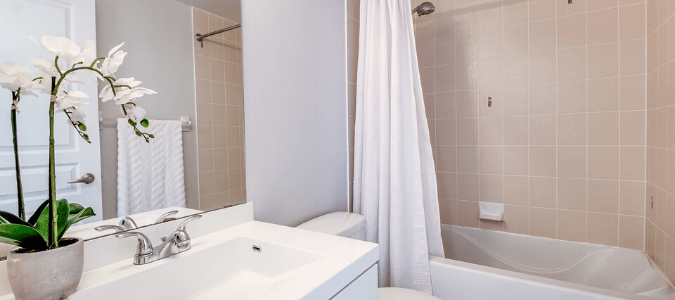
How To Install A Water Softener
Because water softeners can do wonders for your skin, fabrics and appliances with minimum maintenance, many homeowners are eager to install these systems and wonder if it’s a DIY project. While people who are experienced in home maintenance and plumbing issues take on installation themselves, a plumber is usually better equipped to properly put in a new system and troubleshoot any issues in real-time. We’ll provide you with an overview of the process and a few of the primary cost considerations so you can decide whether to tackle the task on your own or outsource the job.
Once you’ve decided where you want your water softener system installed, you can begin the installation process. Here are the main steps involved in getting one of these systems up and running:
- First, turn off the water main. You should be able to find the cutoff valve outside near the edge of your lot.
- Drain your water lines to avoid spills inside your home.
- Make the proper connections between your filtration system and water supply.
- Fill your brine tank halfway with salt blocks or pellets.
- Ensure your bypass is completely closed and slowly turn on the water.
- Check for leaks.
While you’ll definitely save on labor costs by installing a system yourself, you’ll need to consider how your current plumbing is laid out, whether you’re replacing an old water softening system or installing brand new and the total number of people your unit will eventually serve to get your unit properly set up.
Costs can fluctuate widely based on whether your current plumbing is in close proximity to the location of your future softener system. If you’ve chosen a spot that’s far enough away, you may wind up hiring a plumber anyway.
As you might expect, replacement is often less costly than installing a system for the first time. Of course, if proper maintenance wasn’t performed on the old system, you may be replacing more than just the three primary components to your new water softening system, which can drive up costs.
Water softener unit size depends upon the total number of people the unit will serve in your household. When researching different models, you’ll find that water softeners are measured in terms of grains. This refers to the estimated number of resin beads inside the unit. When it comes to cost, more often than not, you can count on this: the higher the grain count, the more expensive your system. Rule of thumb? Around 30,000 grains for a household of up to four, and a minimum of 40,000 grains for up to six household members.
ABC Can Improve Your Water Quality
Although not everyone needs a water softener, homeowners appreciate the many benefits of these systems, including softer towels and linens, cleaner dishes and longer-lasting appliances. If you have hard water issues, the pros at ABC Home & Commercial Services can help. Our licensed plumbers can give you honest advice about whether your home needs one of these systems, as well as what type of unit would work best for your home.
